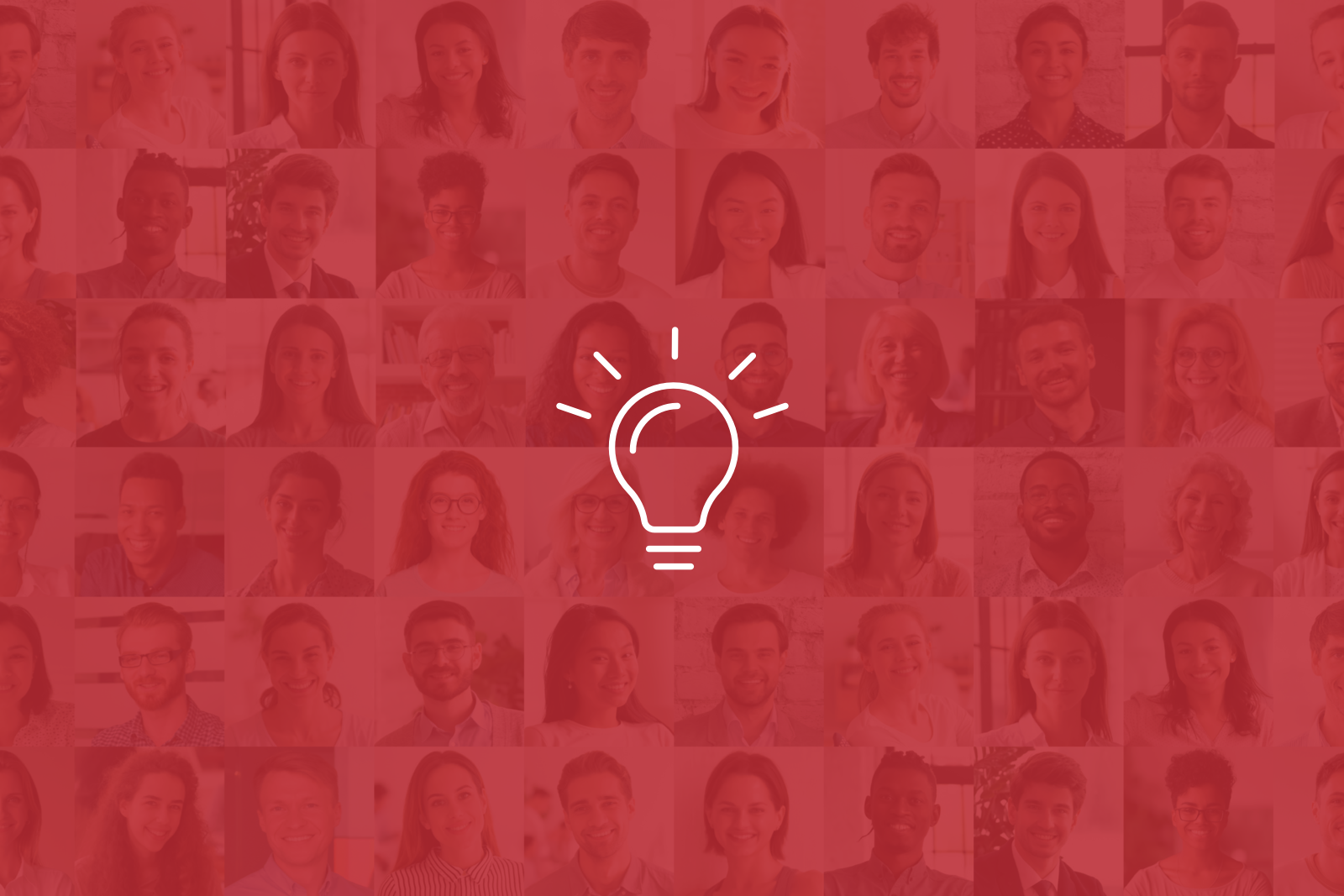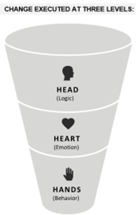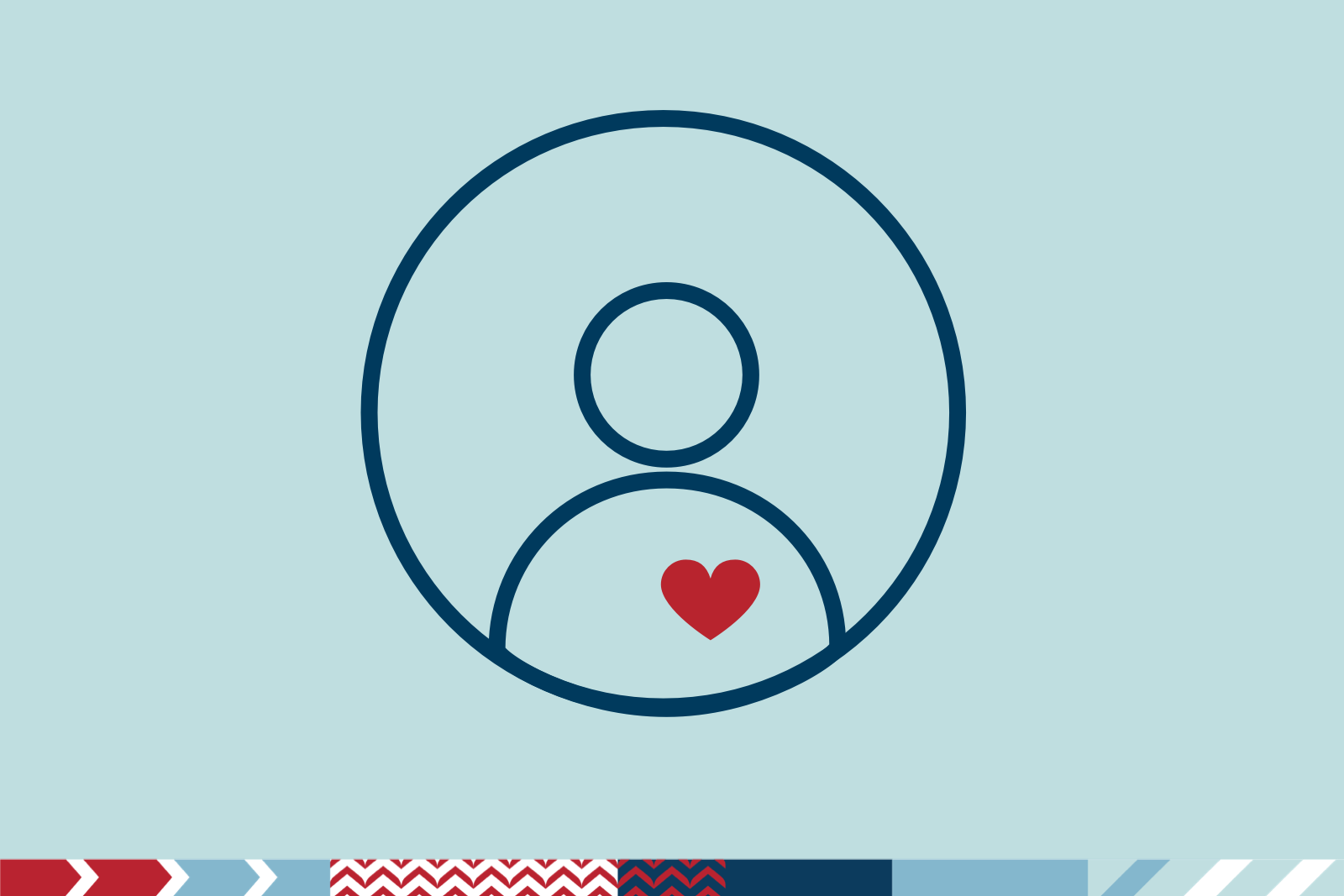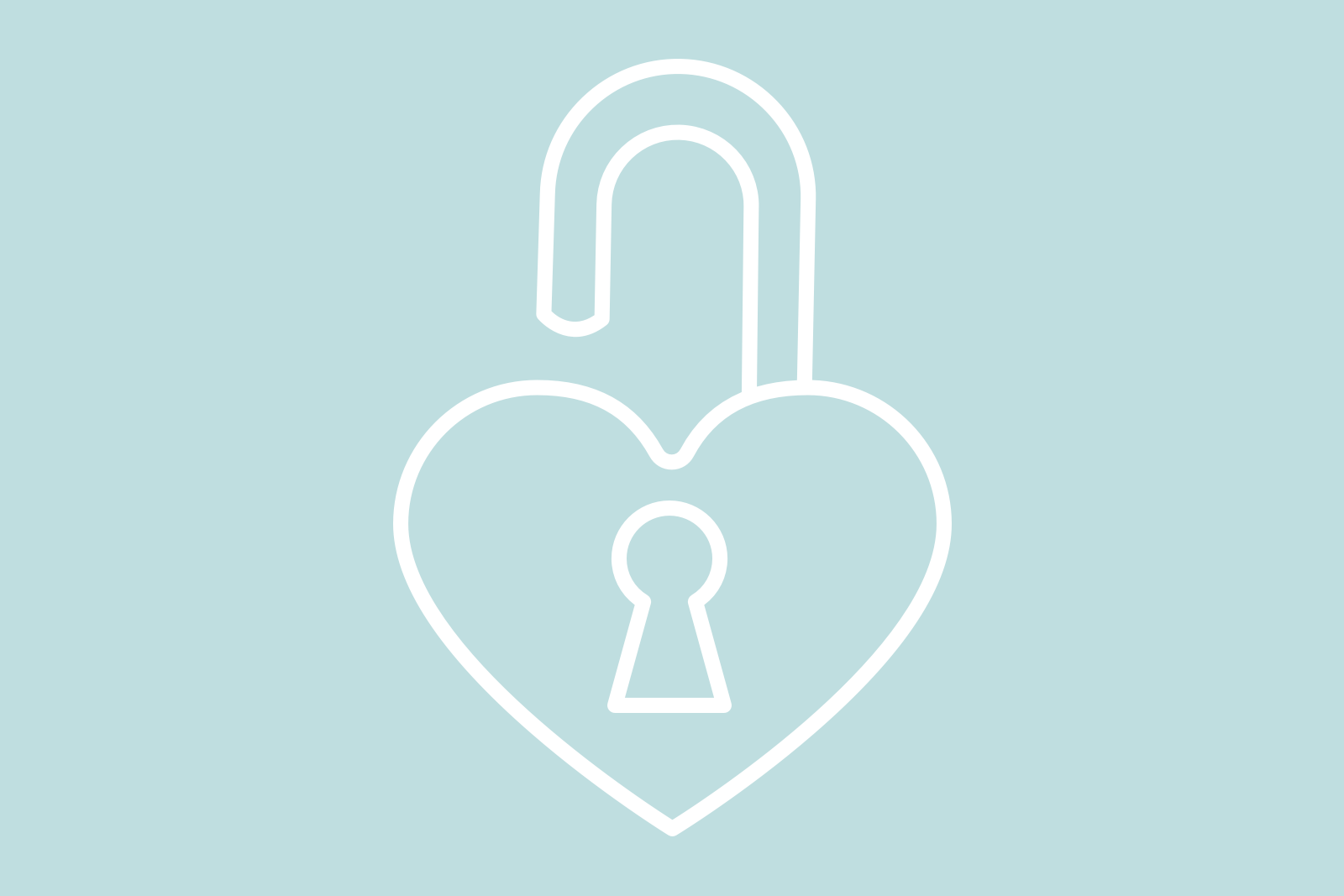Change Management Drives Loyalty Success

Imagine you’re a marketing leader who’s spent months—and hundreds of thousands of dollars—preparing to launch a new or refreshed loyalty and customer relationship management (CRM) program. Unfortunately, when you unveil the program, your employees are unenthusiastic about, even resistant to the changes. Considering the impact engaged employees have on the success of a loyalty program, their indifference may be a major roadblock to success. That’s not just a disappointment, it’s an expensive and time-wasting misjudgment.
Now imagine instead that you’ve involved a wide variety of employees across the organization in every step of the program’s development. You’ve invited them into program planning, and you’ve communicated with them consistently throughout. You’ve designed a vision for change and made them an integral part of it. You’ve set your employees, and the new or refreshed program, up for success.
Change management plays an important role in a successful loyalty program launch by preparing, empowering, and informing employees throughout the process. And this is true of any enterprise-wide customer engagement strategy. Employees from nearly every department and discipline across an organization are impacted by a loyalty program launch or refresh, yet change management is often overlooked in the process of developing or retooling loyalty initiatives. Avoid this potentially costly mistake with some planning and communication that puts change management strategies at the center of your initiative—from the first phase of development to launch day and beyond.
Transforming customer engagement depends on revamping employee engagement.
You may have the best customer-focused marketing plans in place, but if your employees are not fully aligned with the what, when, why and how of your plan, you have missed an opportunity to maximize results. Success is achieved when leaders and teams collaborate to bring new initiatives to life.
Following this three-step best practices model unlocks change.
Change is often stressful, and resistance to change is common. The key to garnering employee acceptance to change is meeting their needs at three levels:
-
 Head—logical, rational knowledge about what’s happening and why the change makes sense for the customer and the company
Head—logical, rational knowledge about what’s happening and why the change makes sense for the customer and the company -
Heart—the emotional side of the new plan—feeling it’s compelling for customers, being excited about the opportunity to learn, grow, and participate in something bigger
-
Hands—the logistics—knowing what to do differently in their jobs and having the confidence, skills, tools, and guidance to be successful
Changing the narrative with employees is a process.
You can ease the change for employees—and increase their support for a new or refreshed loyalty initiative— by engaging them early in the process. Inspired by Ogilvy Consulting’s point-of-view to inspire change at the head, heart, and hands level, we use a simplified five-phase approach to engage employees in our clients’ loyalty marketing planning process to gain their perspective and keep them involved and informed.
1. Align leadership during the discovery phase
At the start of planning, identify key leadership stakeholders across the organization—both formal and informal business influencers. Meet with business stakeholders across the executive suite to qualitatively understand:
-
Their current points of view on loyalty and CRM—logically, emotionally, and behaviorally
-
How loyalty aligns, or doesn’t, with their business objectives
-
How, or if, they’re involved with your organization’s marketing
-
Their current and desired future roles with a new or revised enterprise customer loyalty and CRM initiative
-
Their advice and recommendations for the success of the new initiative
2. Give all employees a voice
As a part of the continuing discovery process, review available company research or conduct employee survey research to quantitatively understand employees’ points of view of the organization. Review results to understand:
-
What employees think and feel about the company
-
What motivates them and what deflates their enthusiasm
-
What channels and opportunities exist to communicate with various employee groups
-
What messages and actions will resonate with employees and enhance their perception of the new initiative and its place in the organization
If budget and time won’t allow for a research survey, conduct additional stakeholder interviews with executives, managers, and front-line workers to gain day-to-day business insights from across the company. Consider their points-of-view on what the organization needs to do to drive customer loyalty and how to make it happen.
Summarize your findings and recommendations from your discovery and research by stakeholder group, and then use that information to determine the overall must-haves to design and launch your new initiative. If you already have agreement between the groups, you’ve identified and articulated strategic guidelines for success with executives and employees. You can then move on toward implementation decisions. If the groups’ visions don’t align, take time to reevaluate priorities, clearly articulate goals, and explain the chosen direction to all groups before moving forward.
3. Tailor the plan to employee stakeholder groups
Move forward with parallel paths developing the customer and employee communication plans. With your new understanding of how your employees work, feel, and engage with customers and each other, you’re ready to develop a communication plan tailored with key messages relevant to each employee segment.
For example, the finance department is likely interested in program investment and returns, while customer service employees are keenly focused on the details of the benefits for the customers. Product managers and merchandisers want to know how loyalty will help them sell more products and services.
Understand each group’s motivations while developing your messaging. Each employee group will have differing needs for information—and different capacities to consume and act on the loyalty plan. Take those needs into consideration when developing your content and communication schedule.
4. Enlist cross-functional employee teams
The success of an enterprise-wide customer loyalty program relies on involvement and support from many areas of the organization. Consider how the broader marketing team, IT, HR, business operations, corporate training, PR, customer care, finance, legal, data analytics, and other departments may influence the program. Enlist leaders from relevant departments across the organization to form a cross-functional team to integrate various components of the initiative, and to communicate required loyalty capabilities (for both customers and employees) with their departments at appropriate times.
5. Celebrate success along the way
Launching a new or revised loyalty program takes time and effort from teams and individuals across the organization. Recognize and celebrate employee successes all along the way. Agree on milestones and metrics at the beginning of the initiative—number of employees attending training or information sessions, program launch, achieving key customer engagement metrics at the local and national level— and remember to celebrate them. Engage executives as spokespeople and ambassadors for loyalty. Charge them with acknowledging and rewarding the efforts of teams and individual employees in their departments throughout the process.
Employees are critical to the successful launch of a new or refreshed customer loyalty strategy. Engage and empower employee stakeholders at every step of the process, because enthusiastic employees will be the best advocates for the new program—a big win for your brand and your customers.

Barb Olson is vice president, strategic services for The Lacek Group, a Minneapolis-based data-driven loyalty, experience, and customer engagement agency that has been delivering personalization at scale for its world-class clients for more than 30 years. The Lacek Group is an Ogilvy company.
Image credit: head, heart, hands - Ogilvy

